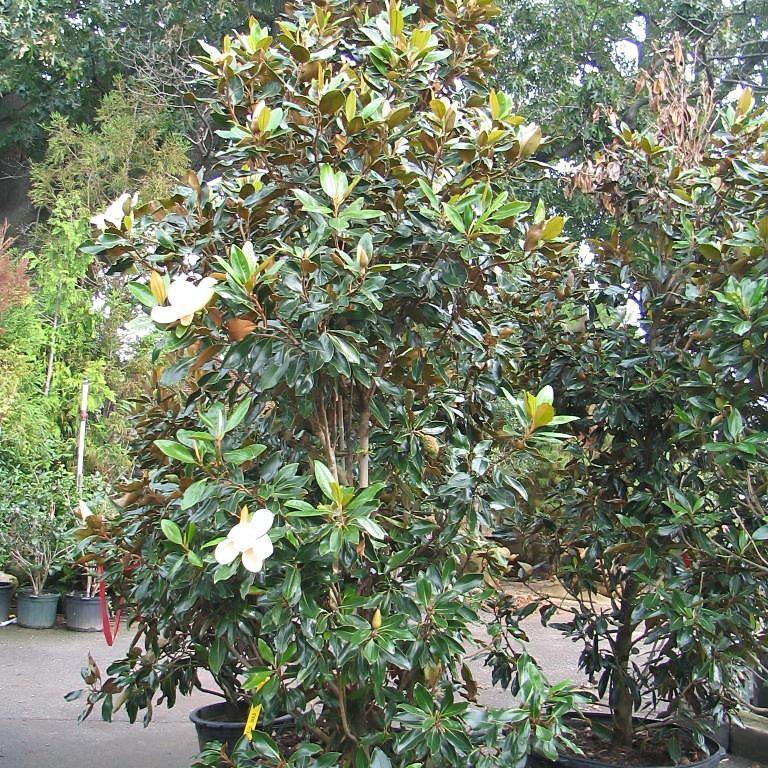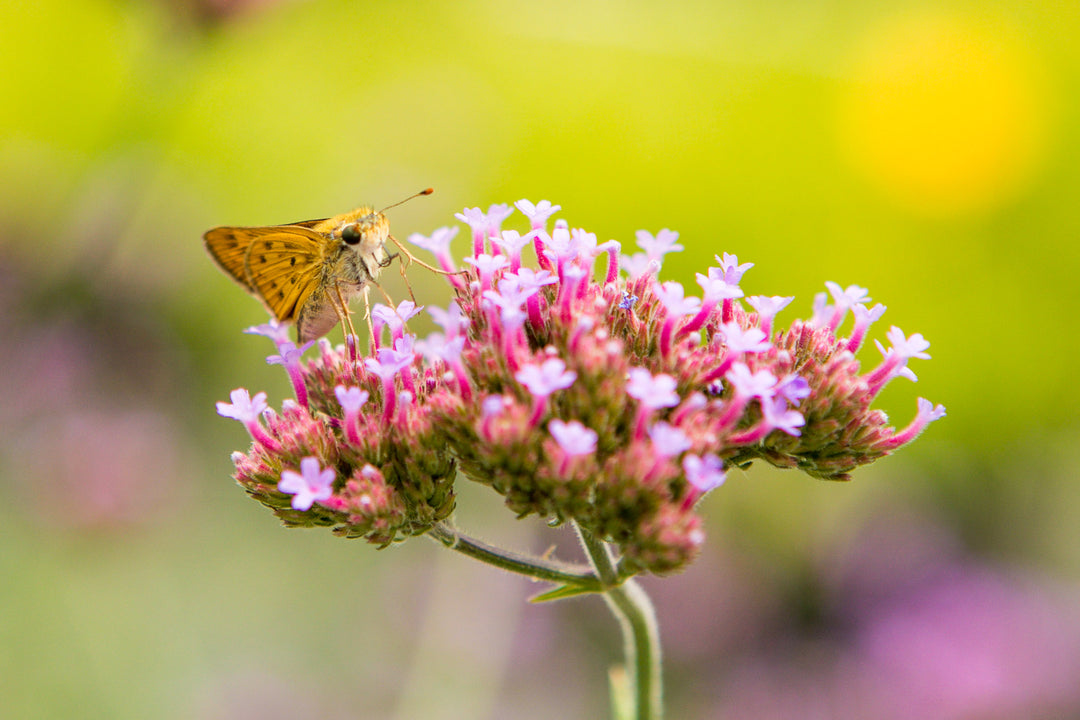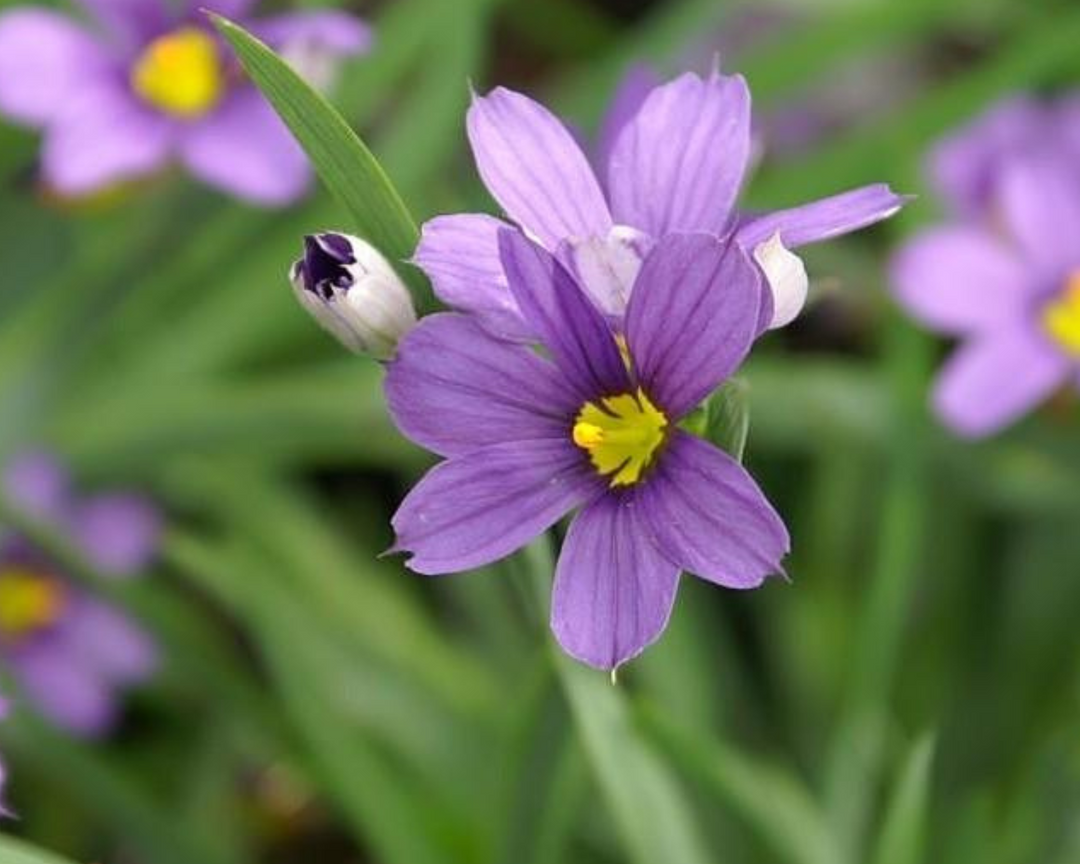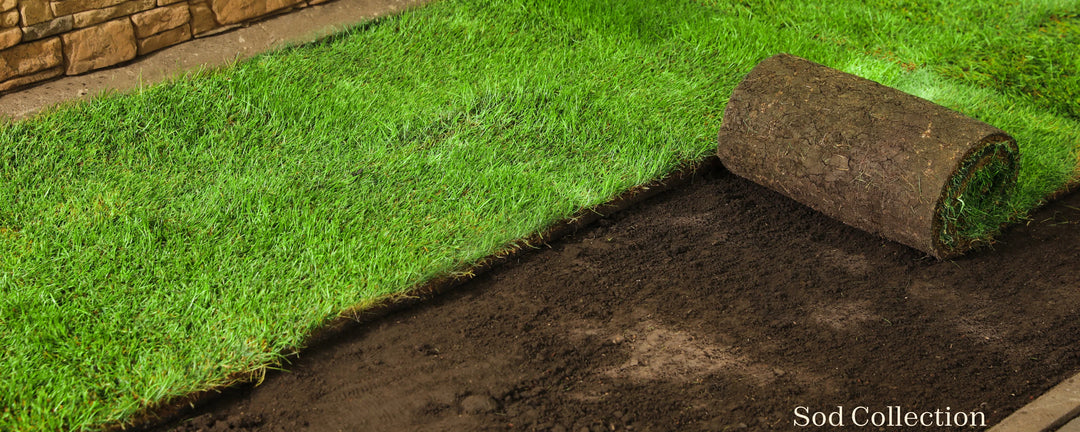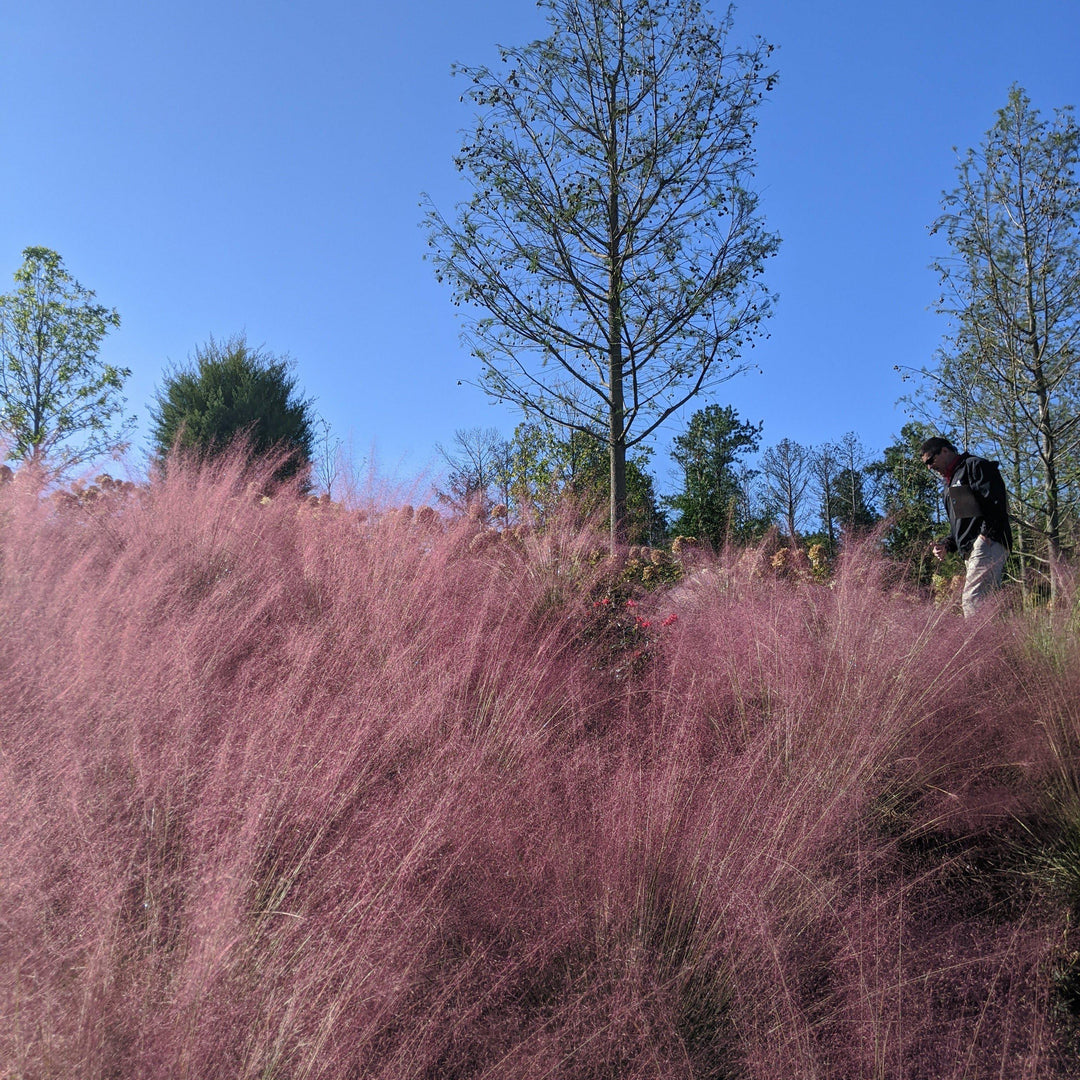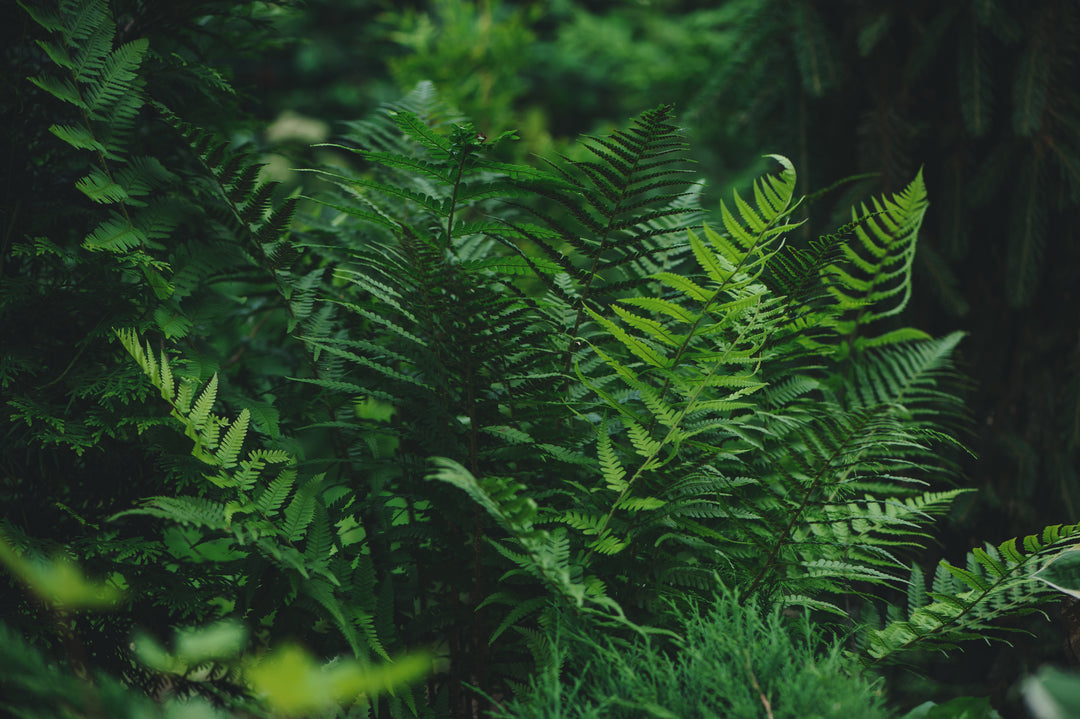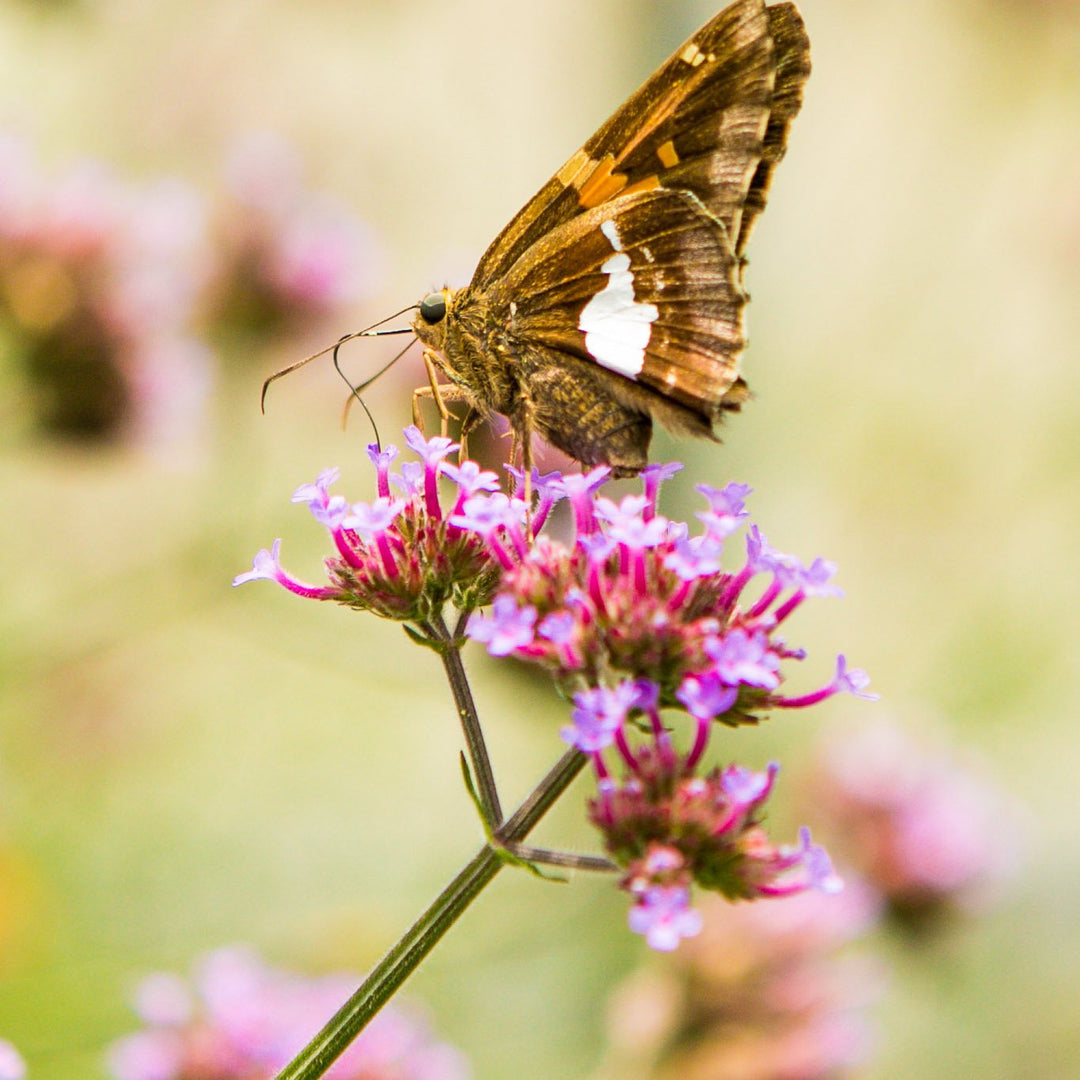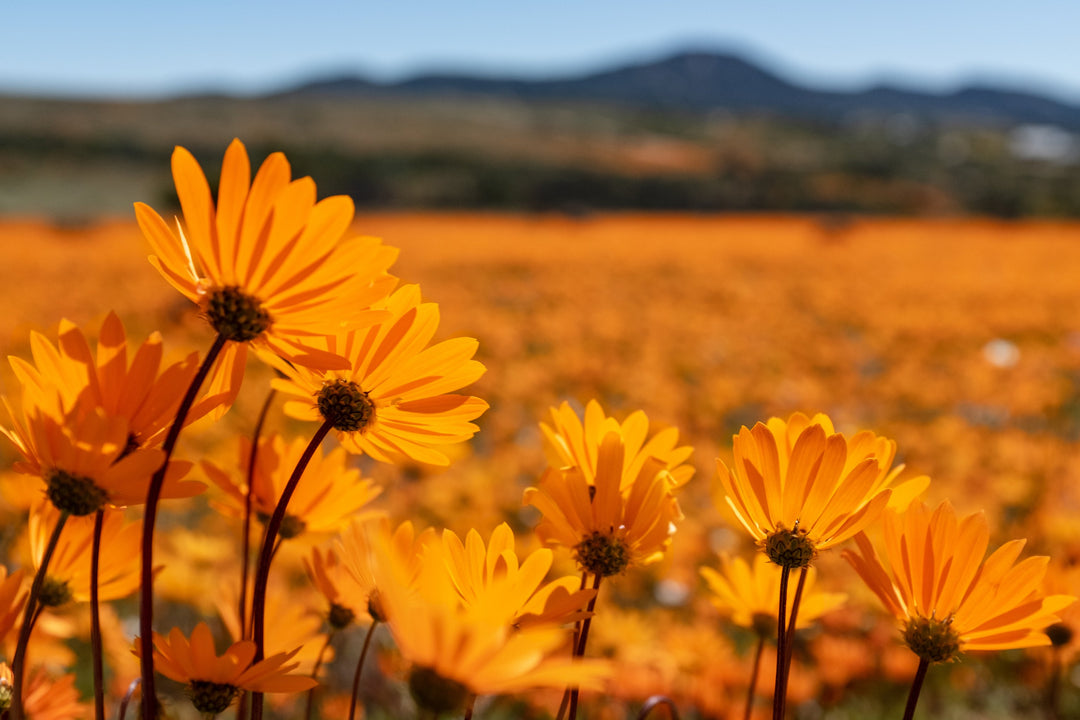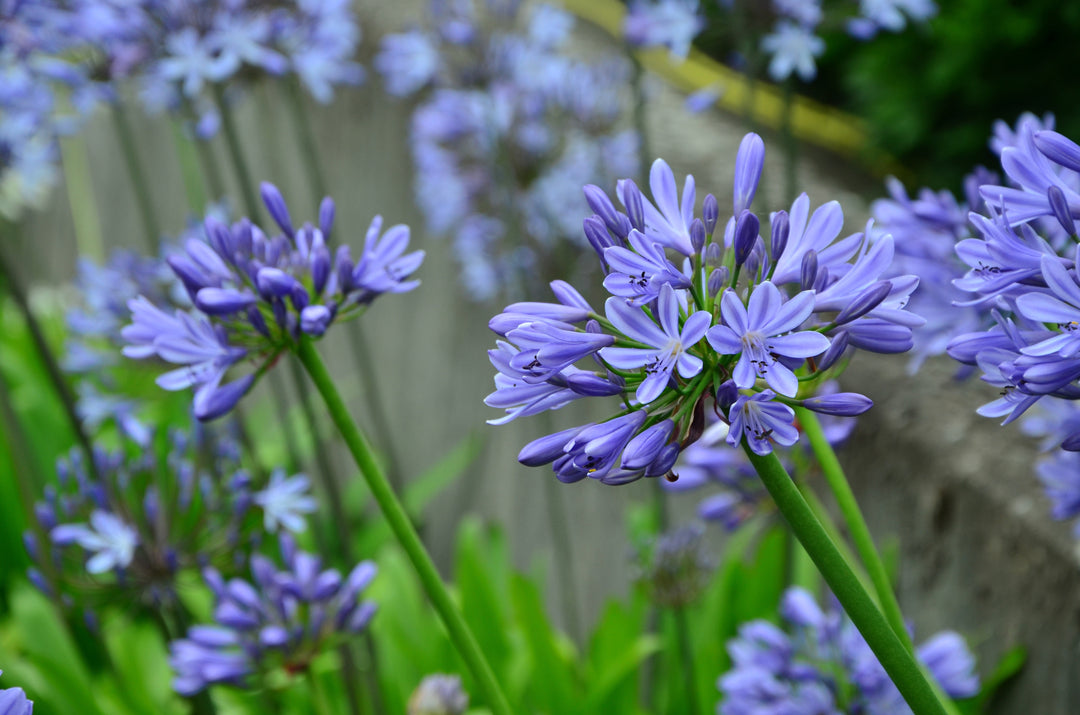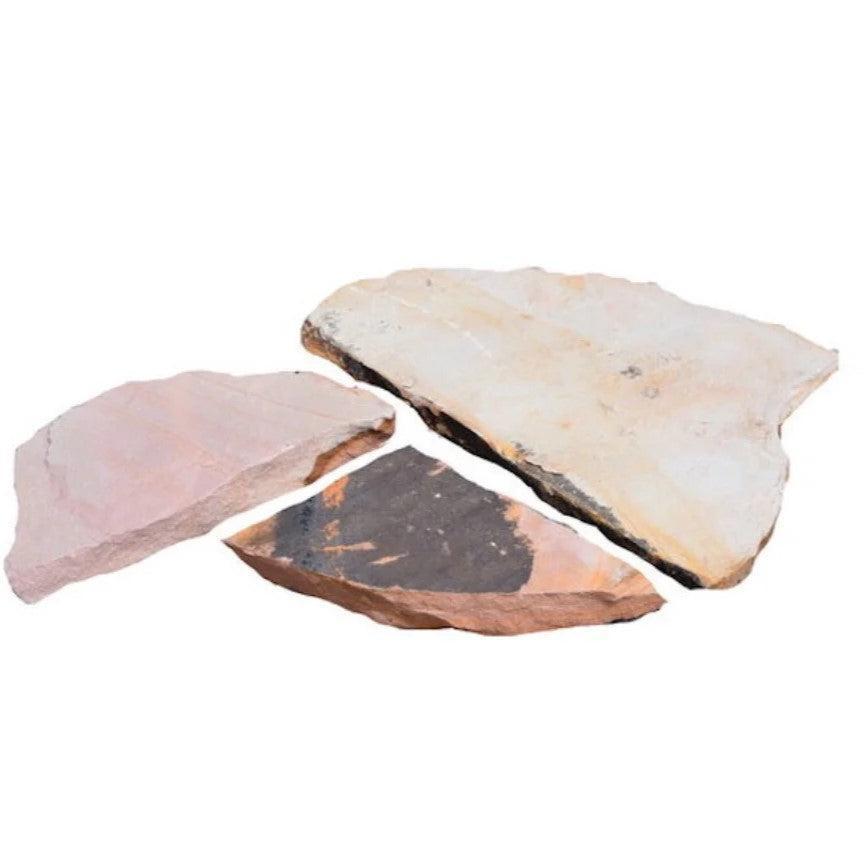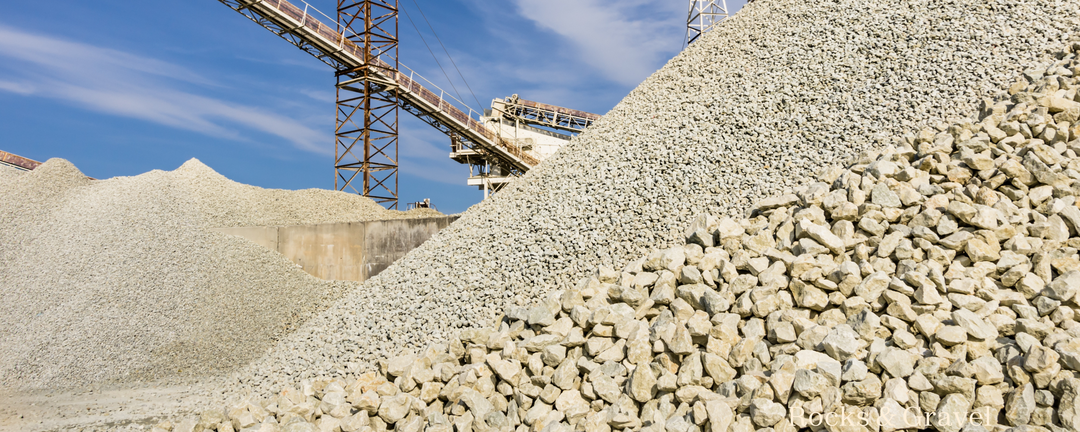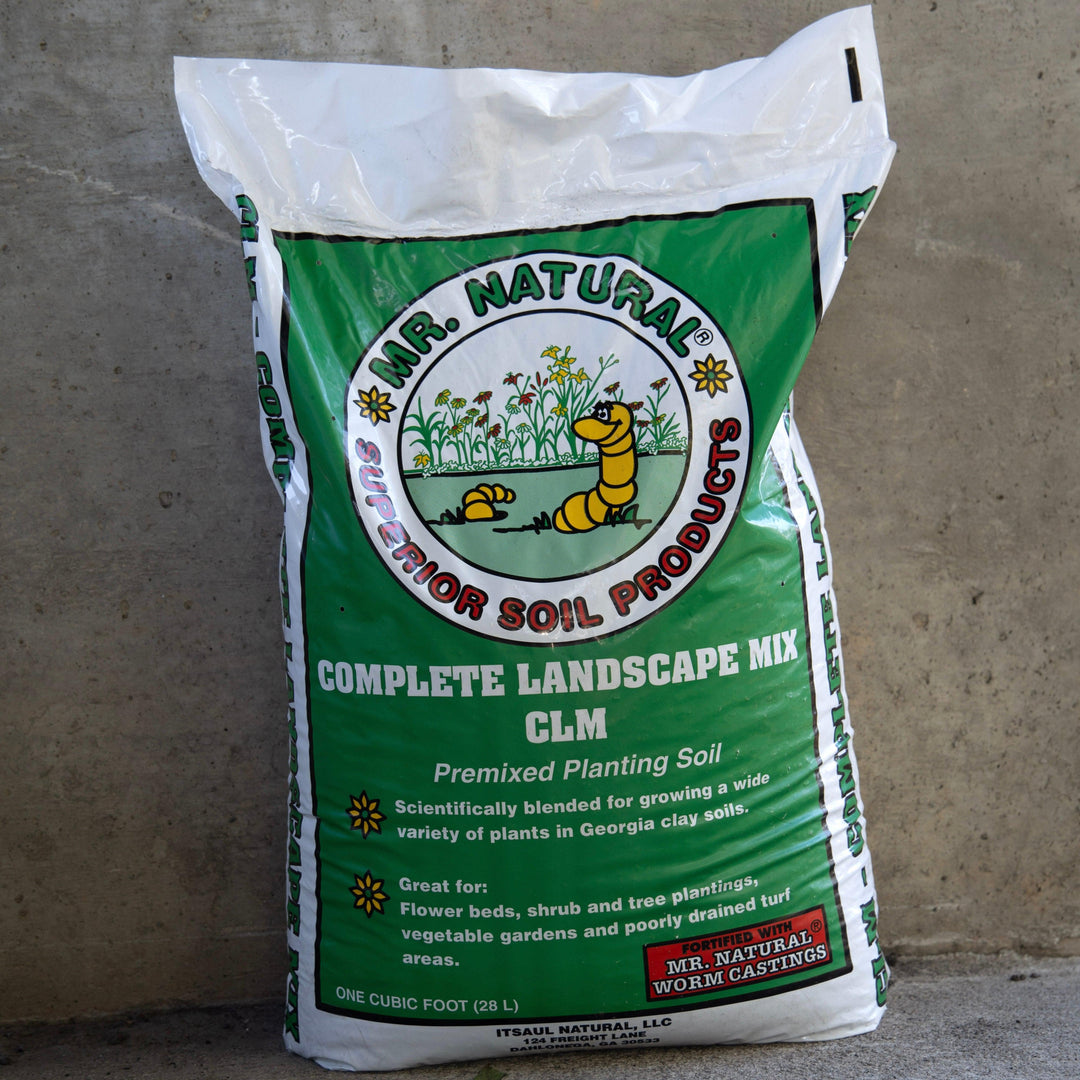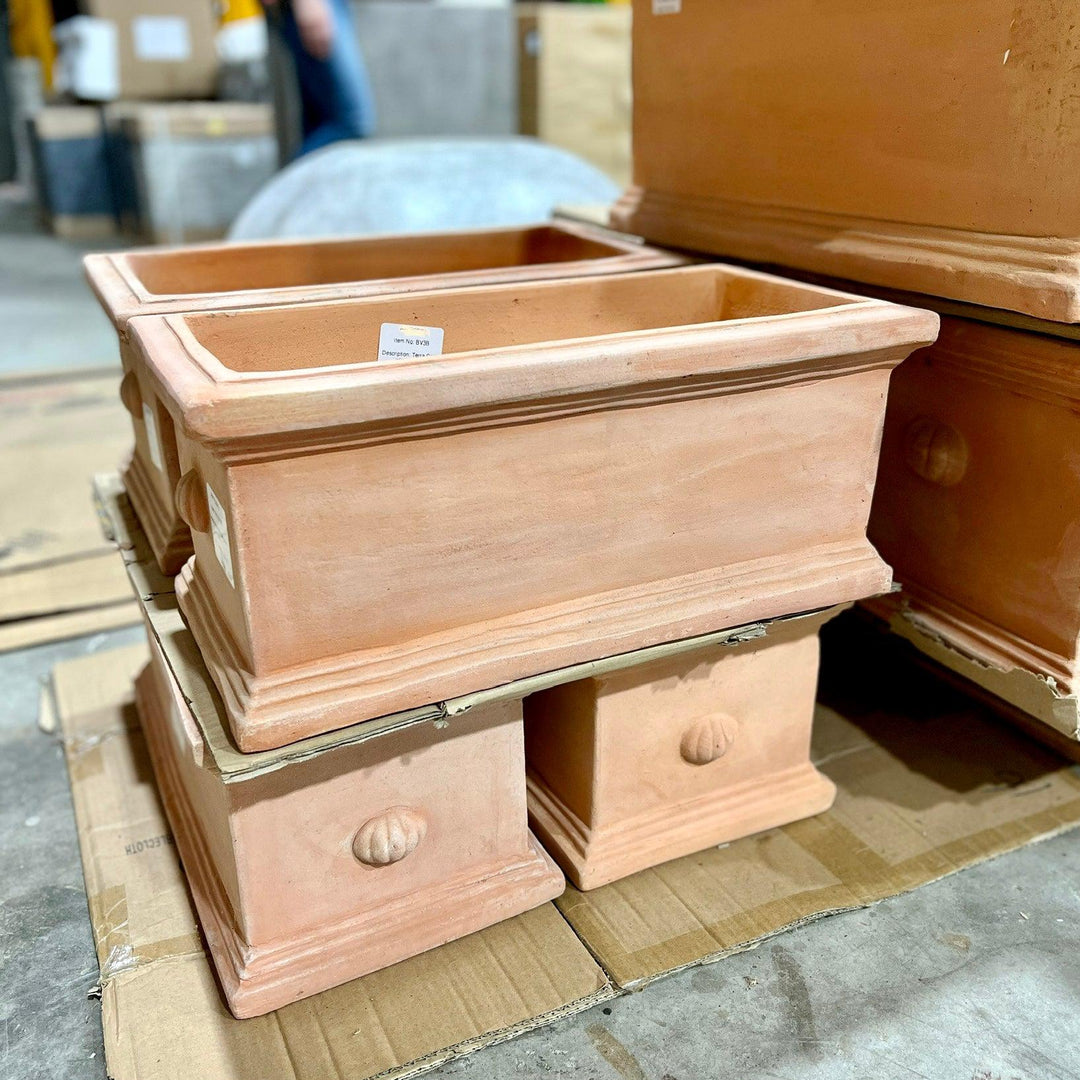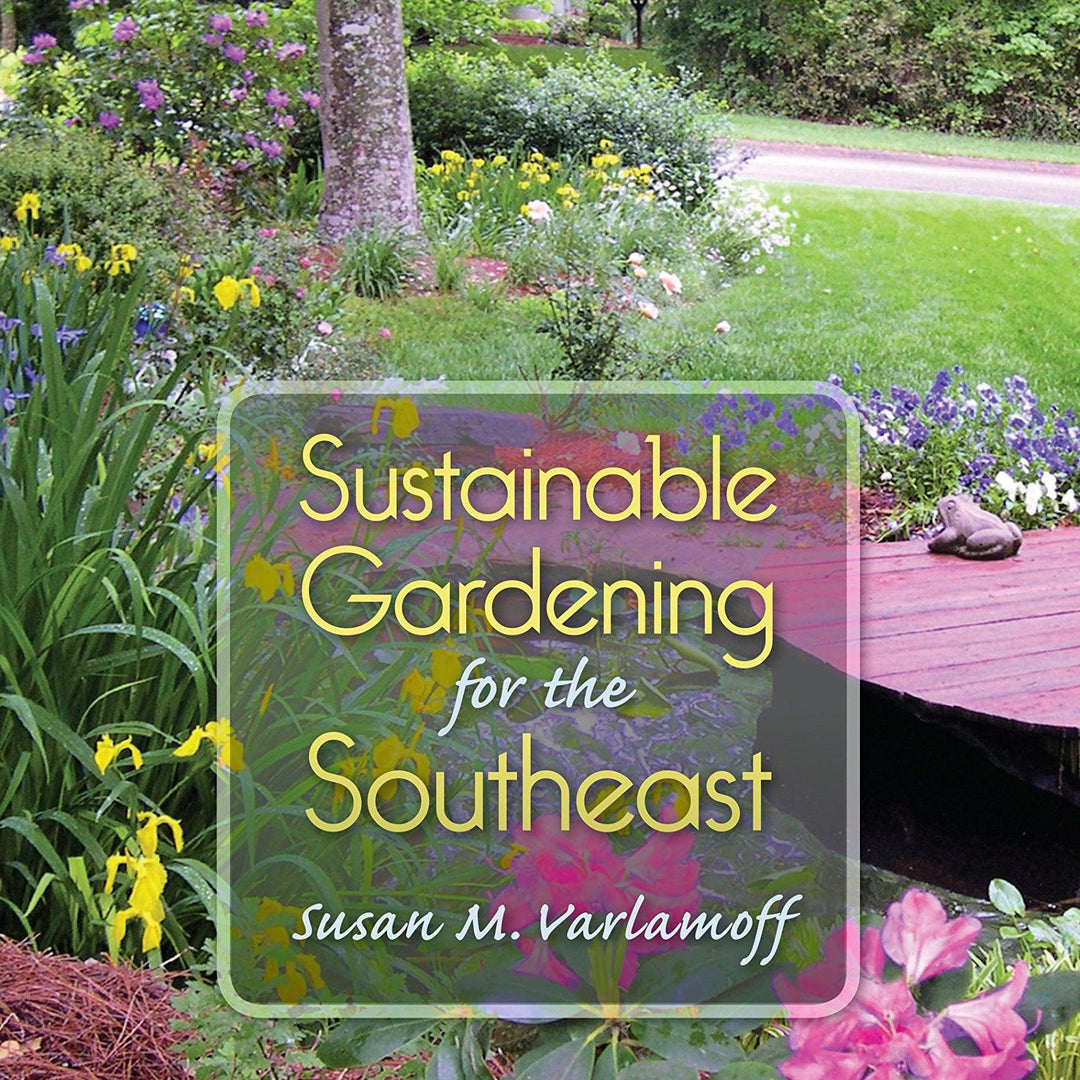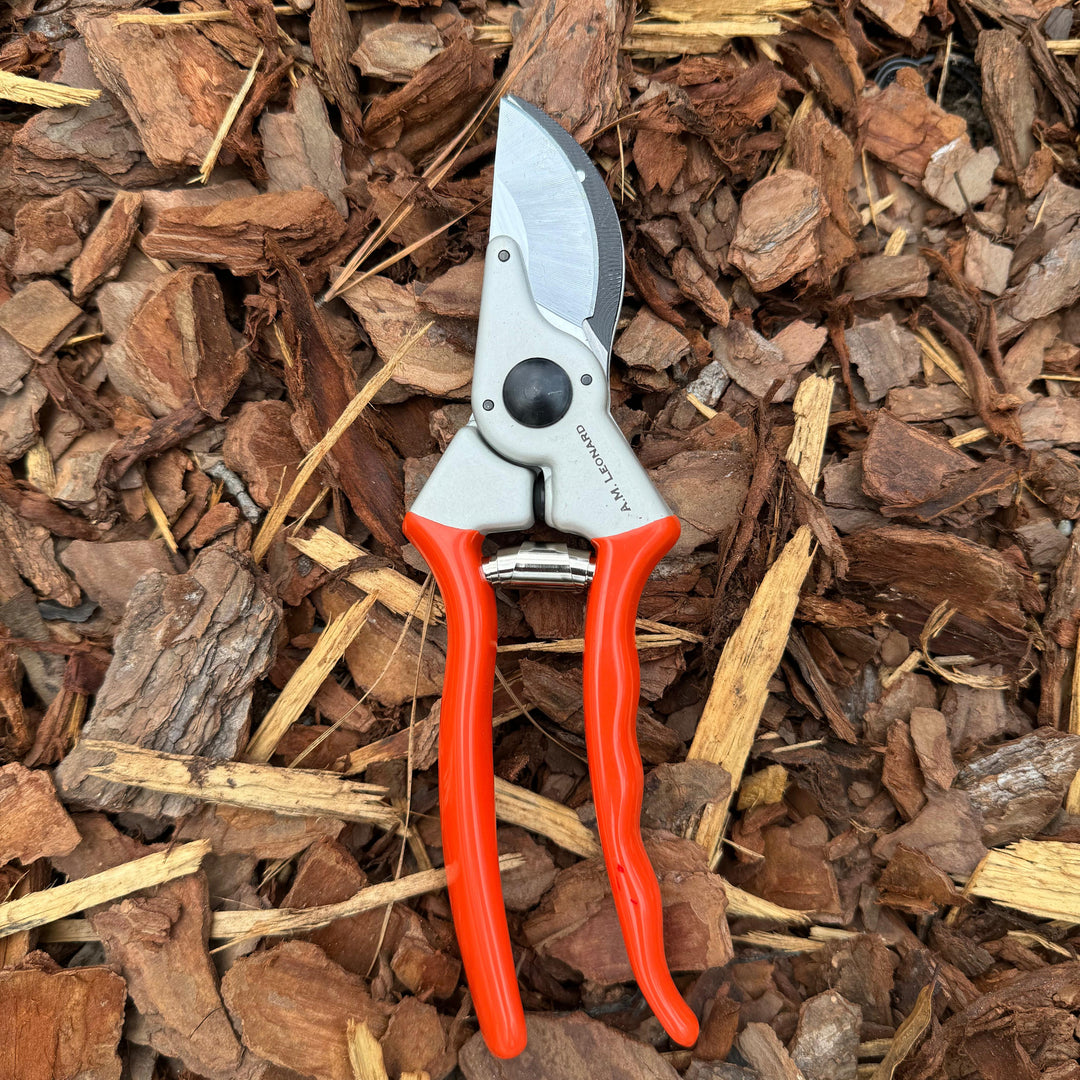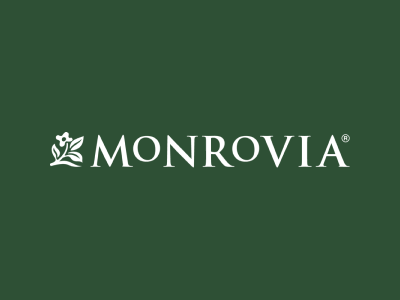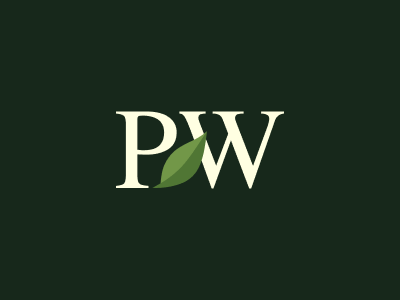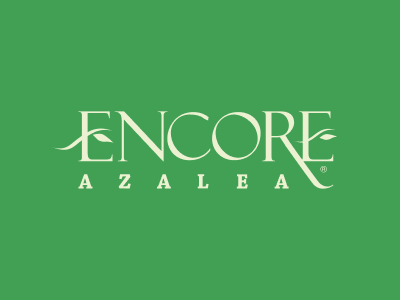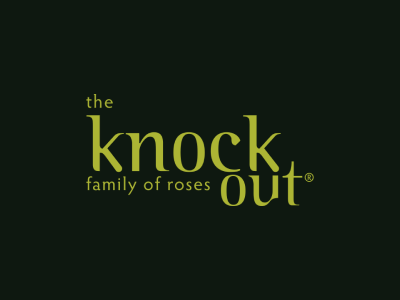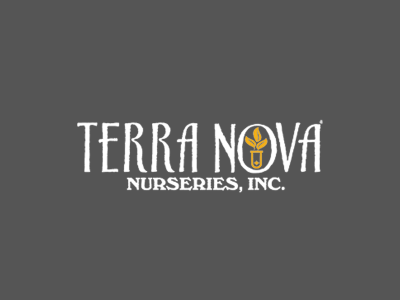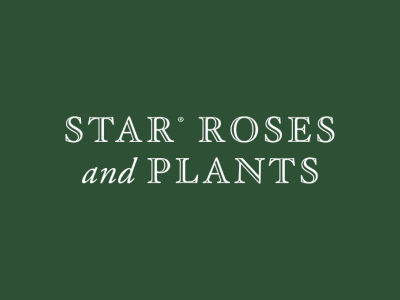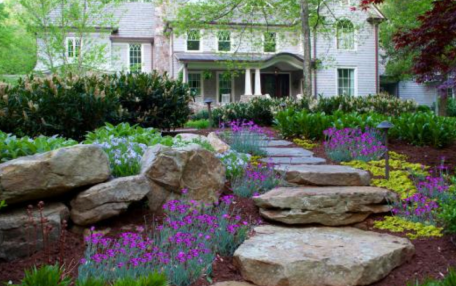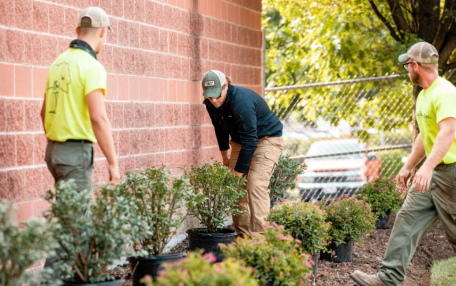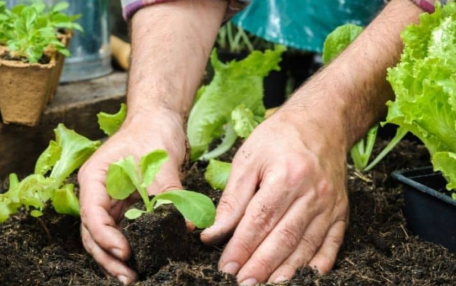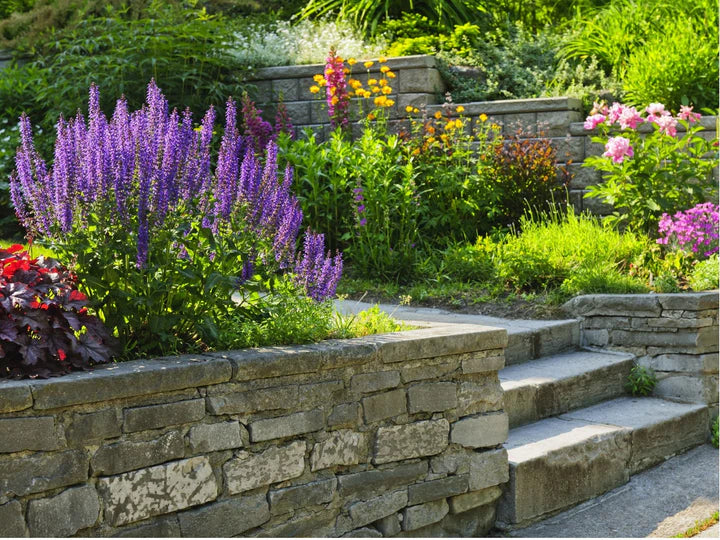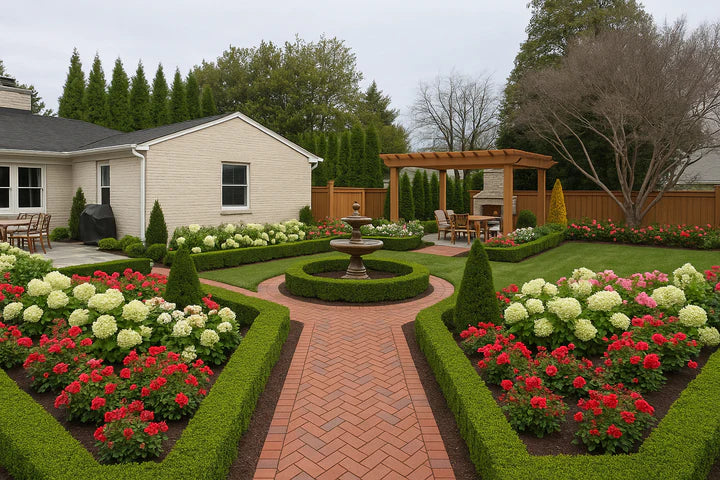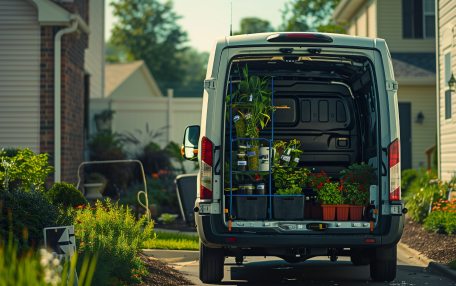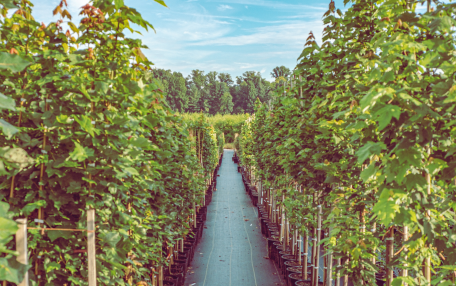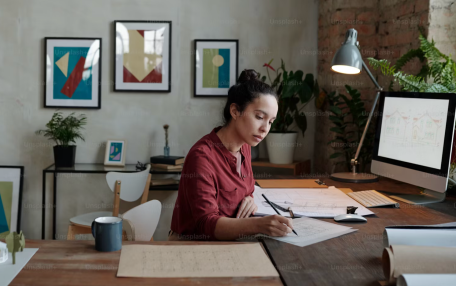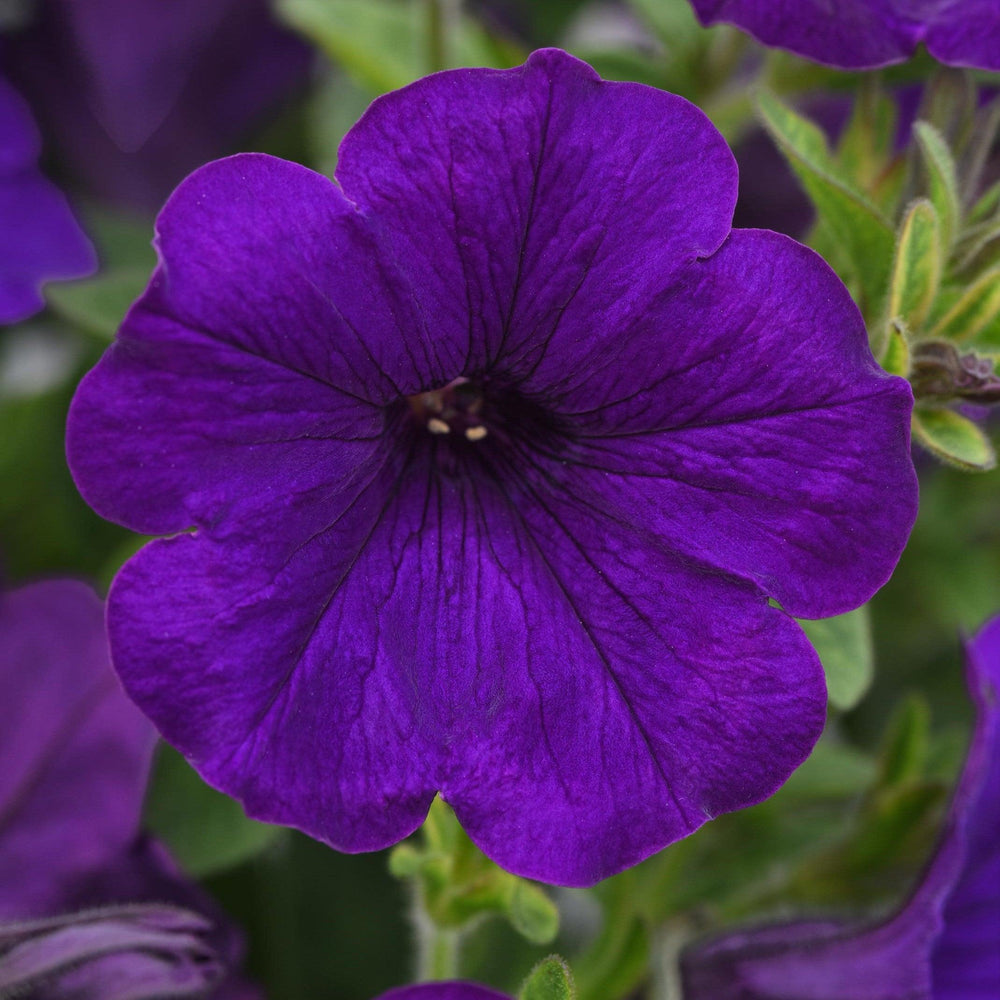Beautify Your Garden with Monrovia’s Halcyon Hosta
If you're a lover of stunning foliage, then you can't go wrong with Monrovia’s beautiful Halcyon Hosta. This herbaceous perennial is a popular choice among Georgia gardeners for its striking, blue-green leaves.
Let's take a closer look at this stunning plant and learn how to grow and care for it, as well as identify potential pests and diseases that may affect it.
Getting to Know the Halcyon Hosta

IMAGE: Agnieszka Kwiecień, Nova, Hosta 'Halcyon' Funkia 2019-05-26 02, CC BY-SA
Origins and History of the Halcyon Hosta
The Halcyon Hosta is a cultivar that originates from the plant Hosta sieboldiana, which is native to Japan, Korea, and China. It's believed that this gorgeous hosta was first introduced by the renowned American plantsman Paul Aden in 1981. Since then, it has become a popular choice for gardeners worldwide.
Hostas have been cultivated in Japan for centuries, where they are known as Giboshi. They were originally grown for their edible shoots, which are a delicacy in Japanese cuisine. Over time, however, the plant's ornamental value became more appreciated, and they began to be grown for their beautiful foliage instead.
Hostas were first brought to Europe in the late 1700s, where they quickly became popular among gardeners and plant enthusiasts. Today, there are thousands of different hosta cultivars available, each with its unique characteristics and beauty.
Key Characteristics of the Halcyon Hosta
The Halcyon Hosta is renowned for its unique and stunning foliage. Its blue-green leaves are thick and corrugated, with a powdery texture that catches the light beautifully.
The plant's leaves are also quite large, with some growing up to 10 inches long and 8 inches wide. The Halcyon Hosta typically grows to a height of around 18-24 inches and spreads to about 36 inches wide.
One of the most interesting things about the Halcyon Hosta is that its color can change depending on the lighting conditions. In bright, direct sunlight, the leaves may appear more green, while in the shade, they may take on a bluer hue. This makes the Halcyon Hosta a versatile plant that can be used in a variety of garden settings.
In early summer, the Halcyon Hosta produces pale lavender flowers on tall spikes, which add a beautiful finishing touch to this stunning plant. The flowers are quite fragrant and attract a variety of pollinators, including bees and butterflies. However, it's worth noting that the plant's primary appeal is its foliage, not its flowers.
The Halcyon Hosta is also relatively easy to care for and is quite hardy. It prefers partial shade but can tolerate full sun in cooler climates. It's also quite drought-tolerant, making it an excellent choice for gardeners in areas with limited rainfall.
How to Grow and Care for Halcyon Hosta
If you're looking for a plant that will add a touch of elegance and sophistication to your Georgia garden, Monrovia’s Halcyon Hosta is the winner. With its striking blue-green foliage and delicate lavender flowers, this plant is a true showstopper.
Soil and Site Requirements
When it comes to growing this stunning plant, soil and site requirements are crucial. It thrives in a partially shaded area with well-draining soil that's rich in organic matter. Hostas prefer slightly acidic soil, so aim for a pH between 6.0 and 7.0. Make sure to test your soil first to ensure it's suitable for these plants.
When selecting a site for your Halcyon Hosta, keep in mind that it needs protection from the hot afternoon sun. A spot under a tree canopy or near a building that provides shade during the hottest part of the day is ideal.
Watering and Fertilizing Tips
Adequate watering and fertilizing are vital for the health of your Halcyon Hosta. These plants prefer a moist soil, so make sure to water regularly, especially during hot and dry spells. Avoid overwatering, as this can lead to root rot.
In addition to regular watering, fertilizing is also important. Use a balanced, slow-release fertilizer in spring, following the instructions on the packaging. This will provide your Halcyon Hosta with the nutrients it needs to thrive.
Pruning and Maintenance
Hostas are relatively low maintenance plants, but some light pruning can help keep them in tip-top condition. Cut back the spent flower spikes after they've finished blooming to encourage new growth and remove any damaged or yellowing leaves as needed. Hostas benefit from division every few years to prevent overcrowding and promote healthy growth.
Another important aspect of maintenance is pest control. While Halcyon Hostas are generally resistant to pests and diseases, they can sometimes fall prey to slugs and snails. To prevent this, use a slug bait or create a barrier of crushed eggshells around the base of the plant.
With proper care and maintenance, your Halcyon Hosta will provide you with years of beauty and enjoyment in your Georgia garden.
Designing Your Garden with Halcyon Hosta

IMAGE: peganum, Geum Herterton Primrose ^ Hosta Halcyon, CC BY-SA 2.0
This stunning plant is a favorite among gardeners and landscapers for its beautiful blue-green leaves and its ability to thrive in shady areas.
Companion Plants for Halcyon Hosta
While Monrovia’s Halcyon Hosta is beautiful on its own, it's even more striking when paired with the right companion plants.
For a beautiful contrasting effect, consider planting it alongside hot-colored Monrovia collection plants like coral bells or coneflowers. The bold colors of these plants will help to make the blue-green leaves stand out even more.
Hostas also look gorgeous as part of woodland gardens. Try surrounding your Halcyon Hosta with ferns, astilbe, and bleeding hearts for a natural and organic look. These plants will help to create a lush and inviting atmosphere in your garden.
Creating Visual Interest with Halcyon Hosta
If you're looking to create visual interest in your garden, Monrovia’s Halcyon Hosta is a great choice. This stunning plant adds a pop of texture to any garden bed. Try planting several together in groupings of odd numbers to create a focal point in your garden.
You can also combine this plant with other hosta varieties for a lush and eye-catching display. Consider pairing it with 'Patriot' Hosta, which has white-edged leaves, or 'Sum and Substance' Hosta, which has large, chartreuse leaves. The combination of different hosta varieties will create a beautiful tapestry of colors and textures in your garden.
Incorporating Halcyon Hosta into Different Garden Styles
The great thing about the Halcyon Hosta is that it's versatile enough to work with a variety of different garden styles. If you're going for a traditional, formal look, try planting your Halcyon Hosta in a symmetrical pattern with other shade-loving plants like bleeding hearts or Japanese painted ferns.
For a more natural and organic look, plant your Halcyon Hosta in a more random pattern with other shade-loving plants like different variety hostas, astilbe, and ferns. This will create a lush and inviting atmosphere in your garden that feels like a natural oasis.
Whether you're a seasoned gardener or just starting out, the Halcyon Hosta is a must-have plant for any garden. With its beautiful blue-green leaves and its ability to thrive in shady areas, it's the perfect way to add some color and texture to your outdoor space.
Common Pests and Diseases Affecting Halcyon Hosta
Monrovia’s Halcyon Hosta is a gorgeous plant that can add a touch of elegance to any Georgia garden or landscape. However, like any other plant, it is vulnerable to a few different pests and diseases.
In this section, we will discuss some of the most common pests and diseases that can affect Halcyon Hosta—and provide you with tips on how to identify and treat them.
Identifying and Treating Common Pests
Slugs and snails are two of the most common pests that can affect Halcyon Hosta. These slimy creatures are especially fond of hostas, and can cause significant damage to the leaves and flowers of your plant. Fortunately, there are several steps you can take to prevent them from feasting on your plants.
One effective way to keep slugs and snails at bay is to set up slug traps around the base of your hostas. These traps can be purchased at most garden centers, or you can make your own by filling a shallow dish with beer and placing it near your plants. Slugs and snails will be attracted to the beer, crawl into the dish, and drown.
Another option is to apply a pet-safe slug bait around the base of your hostas. These baits contain iron phosphate, which is harmless to pets and wildlife but deadly to slugs and snails. Make sure to follow the instructions carefully and apply the bait as directed.
Preventing and Managing Diseases
Fungal diseases can sometimes affect hostas, particularly in damp and humid conditions. Some of the most common fungal diseases that can affect Halcyon Hosta include leaf spot, anthracnose, and powdery mildew.
To prevent these diseases, make sure to plant your Halcyon Hosta in well-draining soil. Hostas prefer soil that is moist but not waterlogged, so make sure to water them regularly but avoid overwatering. Additionally, make sure to space your hostas out properly to promote good airflow, and avoid overhead watering. These steps will help to keep your plants healthy and prevent fungal diseases from taking hold.
If you suspect your Halcyon Hosta is suffering from a disease, it is important to take action quickly. Remove any affected leaves and dispose of them immediately, as this can help to prevent the disease from spreading to other parts of the plant. You may also want to consider applying a fungicide to help manage the disease.
By following these tips, you can help to keep your Halcyon Hosta healthy and beautiful.
Propagating and Dividing Halcyon Hosta
When and How to Divide Halcyon Hosta
Regular division is an essential part of keeping your Halcyon Hosta healthy and thriving. Plan to divide your hostas every three to five years, or whenever you notice they're beginning to overcrowd their growing space. The best time to divide them is in early spring, before new growth emerges.
Tips for Successful Propagation
Propagation is a great way to grow more Halcyon Hosta plants for your garden or to share with friends and family.
To propagate your hostas, divide healthy plants into smaller sections, making sure each one has several eyes (the areas from which new leaves emerge). Plant these sections in well-draining soil and water regularly until established.
Final Thoughts
Monrovia’s Halcyon Hosta is a stunning and versatile plant that can bring a touch of beauty to any Georgia garden. By following these simple tips for growing and caring for your Halcyon Hosta, you can help it to thrive and provide you with many years of enjoyment. Whether you're an experienced gardener or a beginner, this stunning plant is an excellent choice for any garden.

Click here if you’d like to purchase this plant.
If you need any advice or tricks/tips in creating the garden of your dreams, we are here to make those dreams come true! Connect with us here, or chat with us via the chat button on the bottom of any page on our website.
To create a landscape that gives you joy every time you walk out your door or look out your window, it’s important to have a design plan in place. Learn more about our elite Designer Marketplace platform, which allows you to select easily from a list of expert landscape designers, landscape architects, and more.
Click here to view more plants from the beautiful Monrovia® collection.

